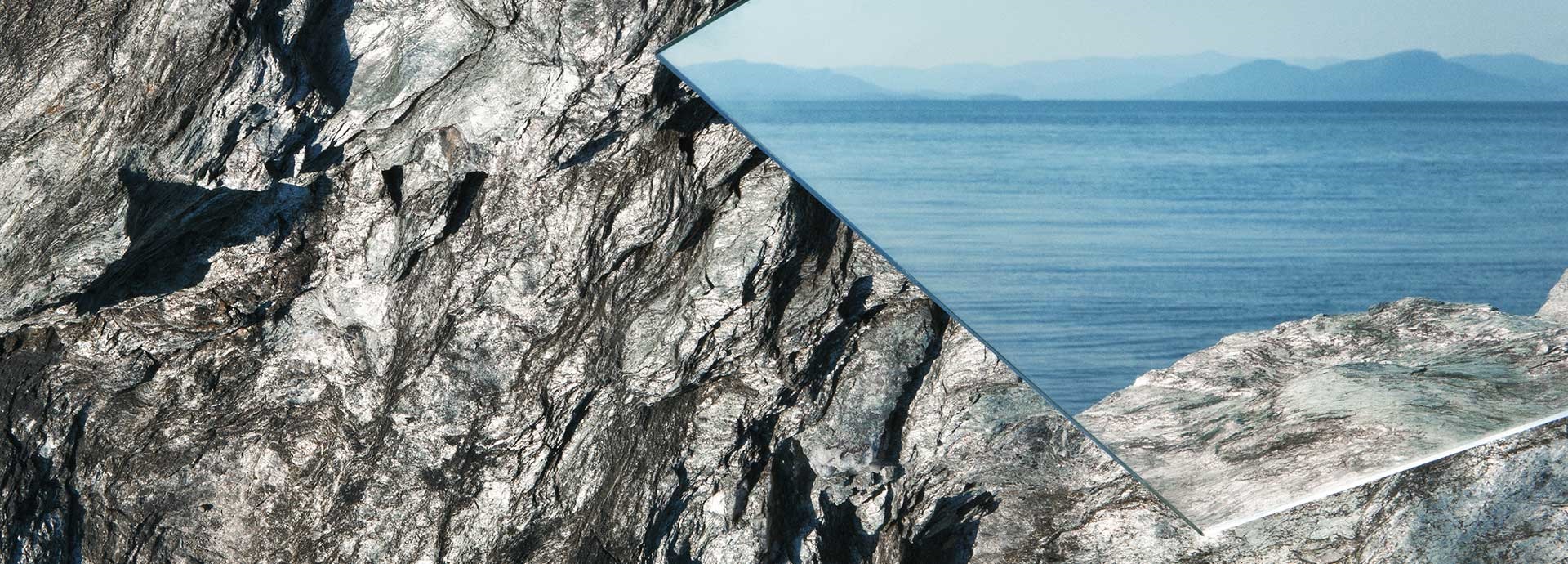

5803 results
Classed ships are submitted to surveys for the maintenance of class, confirmation, or renewal of their term.
The costs incurred in keeping equipment in an operational condition.
The ability to carry out rapid and effective system restoration to keep the equipment at a specified level of performance.
These sections into which the hull, superstructure, and deckhouses are divided by “A” class divisions, the mean length of which on any deck does not in general exceed 40 m, (SOLAS).
A source intended to supply electrical power to the main switchboard for distribution to all services necessary for maintaining the ship in normal operational and habitable condition, (acc. to SOLAS, Chapter II-1, Part A).
A drain or gutter fitted to the cross-joint, which directs any leaked water to the coaming drain.
The total power supplied by the prime movers installed to provide propulsion.
The space in which the main source of electrical power is situated, (acc. to SOLAS Chapter II-1, Part A).
This system supplies lubricating oil to the engine bearings, and cooling oil to the pistons.
The first voyage of a new ship after handing over to the owner.
A nondestructive testing technique using a mixture of iron filings in thin white paint which is spread over the surface to be examined.
A nondestructive examination of steel for surface and subsurface defects employing a dry or wet iron powder and a source setting up magnetic fields in the metal.
Those spaces and trunks to such spaces which contain either: 1. Internal combustion machinery used for the main propulsion, 2. Internal combustion machinery used for purpose other than...
All machinery spaces of category A and all other spaces containing propulsion machinery, boilers, oil fuel units, steam and internal combustion engines, generators and major electrical machinery, oil filling stations, refrigerating, stabilizing....
Bolts fitted to keep the cross-joint fully closed at sea.
An arrangement, which enables to decrease the angle of heel after flooding: when a compartment on one side of a ship is damaged and flooded the corresponding compartment on the opposite side may be flooded.
Opening a connection between the damaged tank and the tank situated symmetrically on the other side of the ship in order to compensate unsymmetrical flooding.
Horizontal stiffening structures that are fitted in the wing tanks of oil tankers between the side shell and the longitudinal bulkheads.
The area between cargo hatches.
Cross curves of stability is a set of curves from which the KN values for a set of constant heel-angle values at any particular displacement may be read.